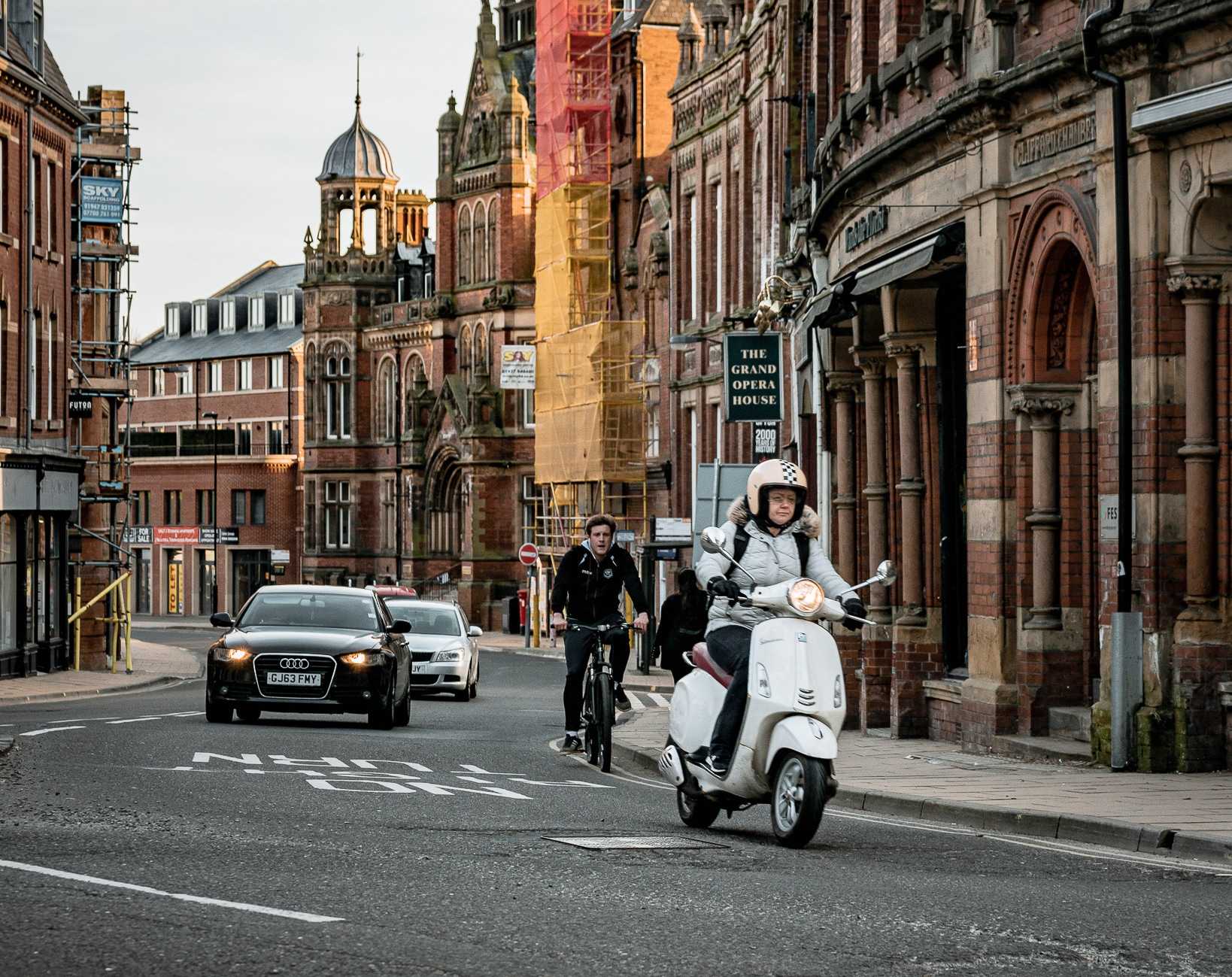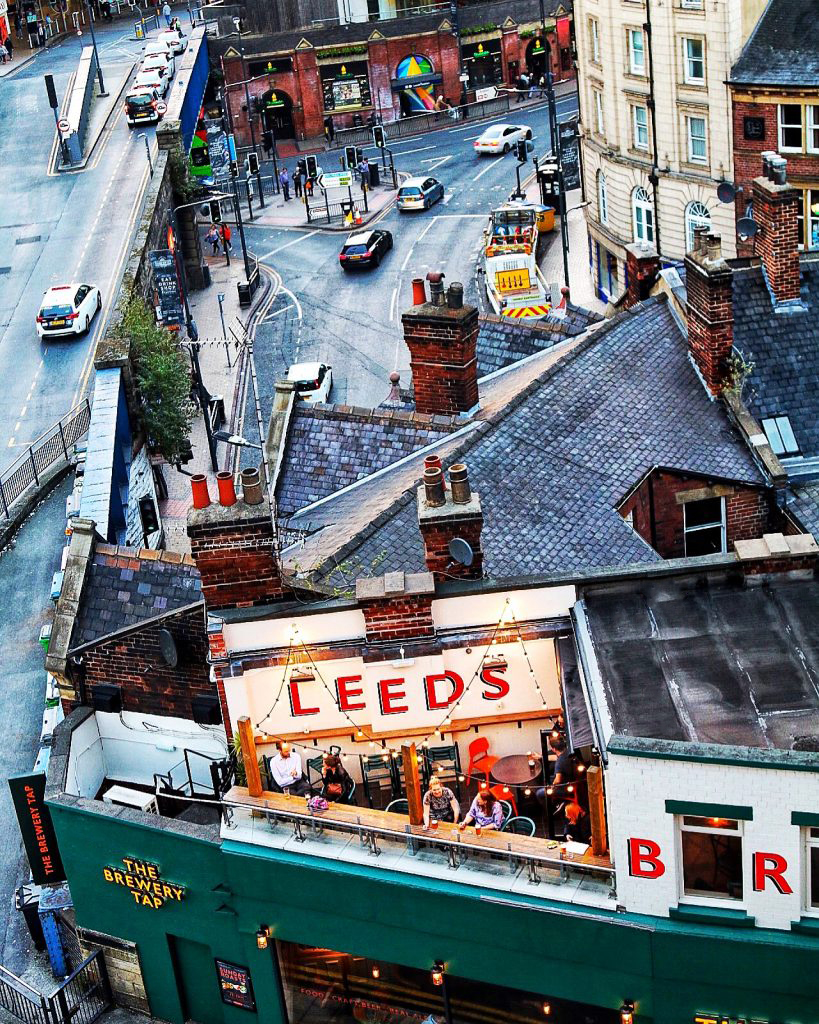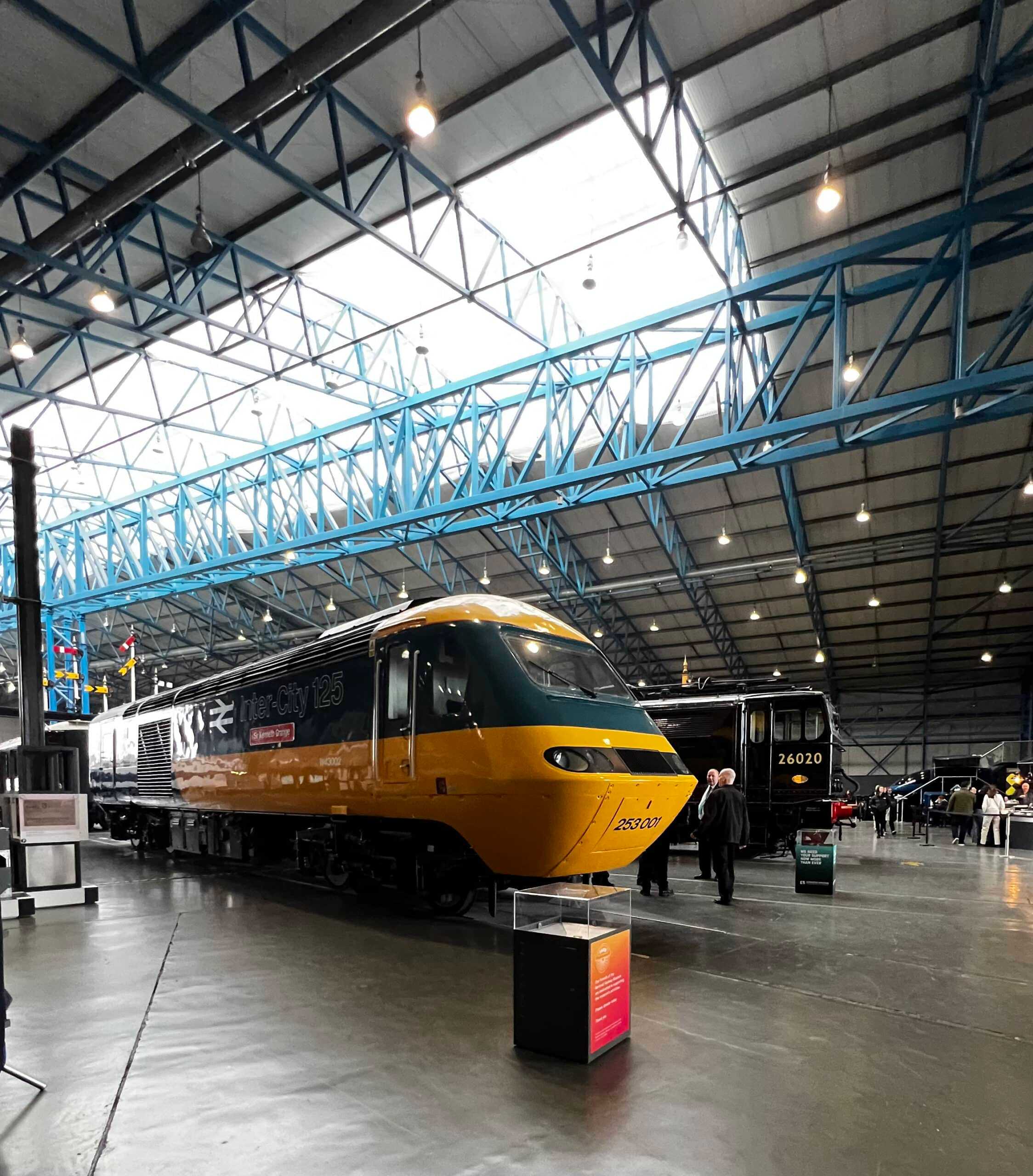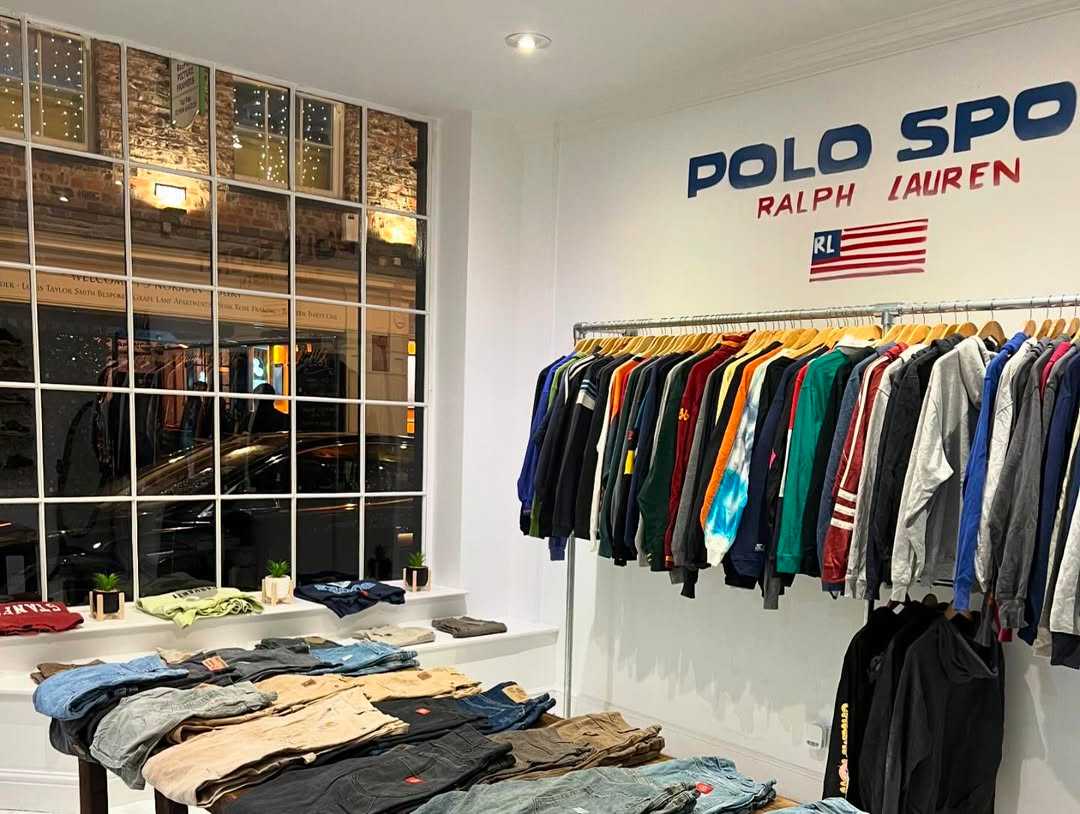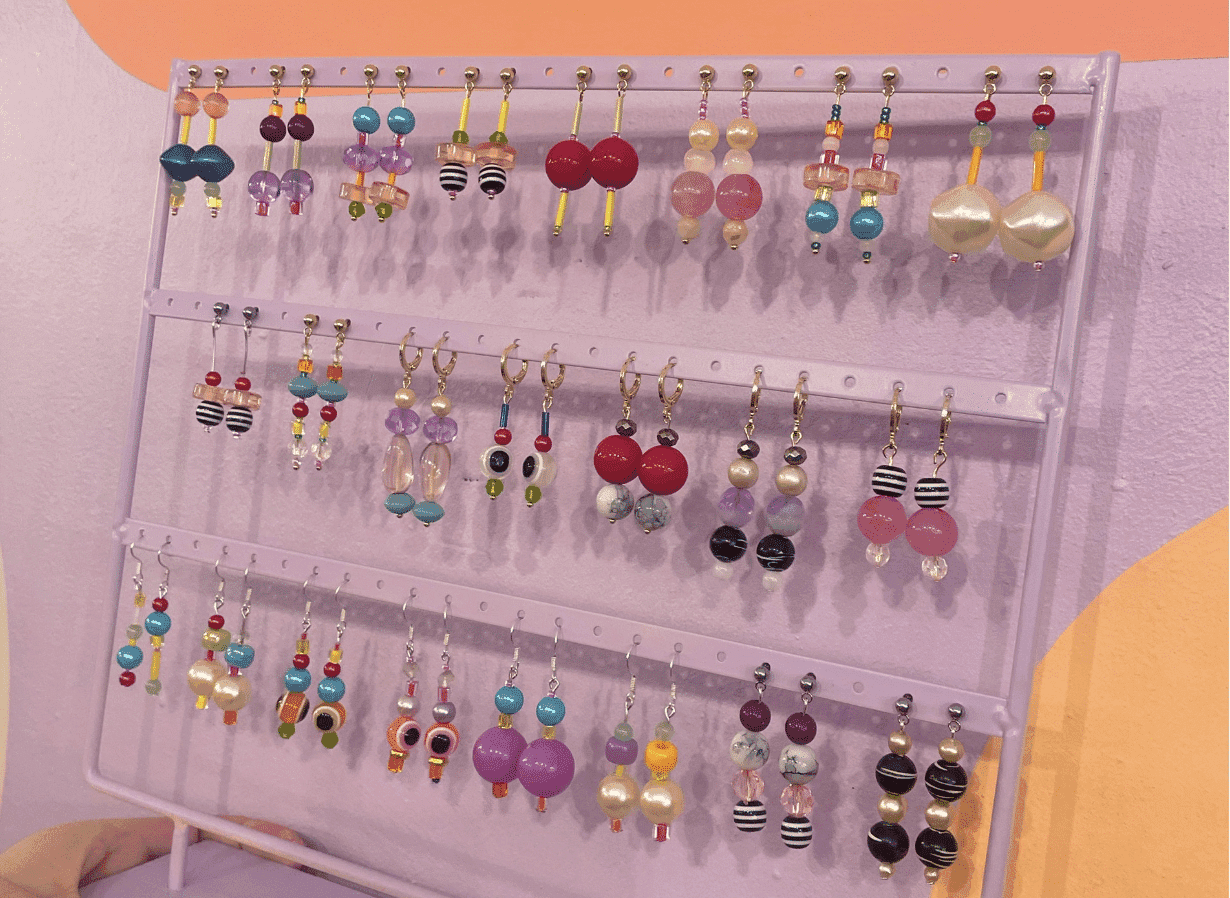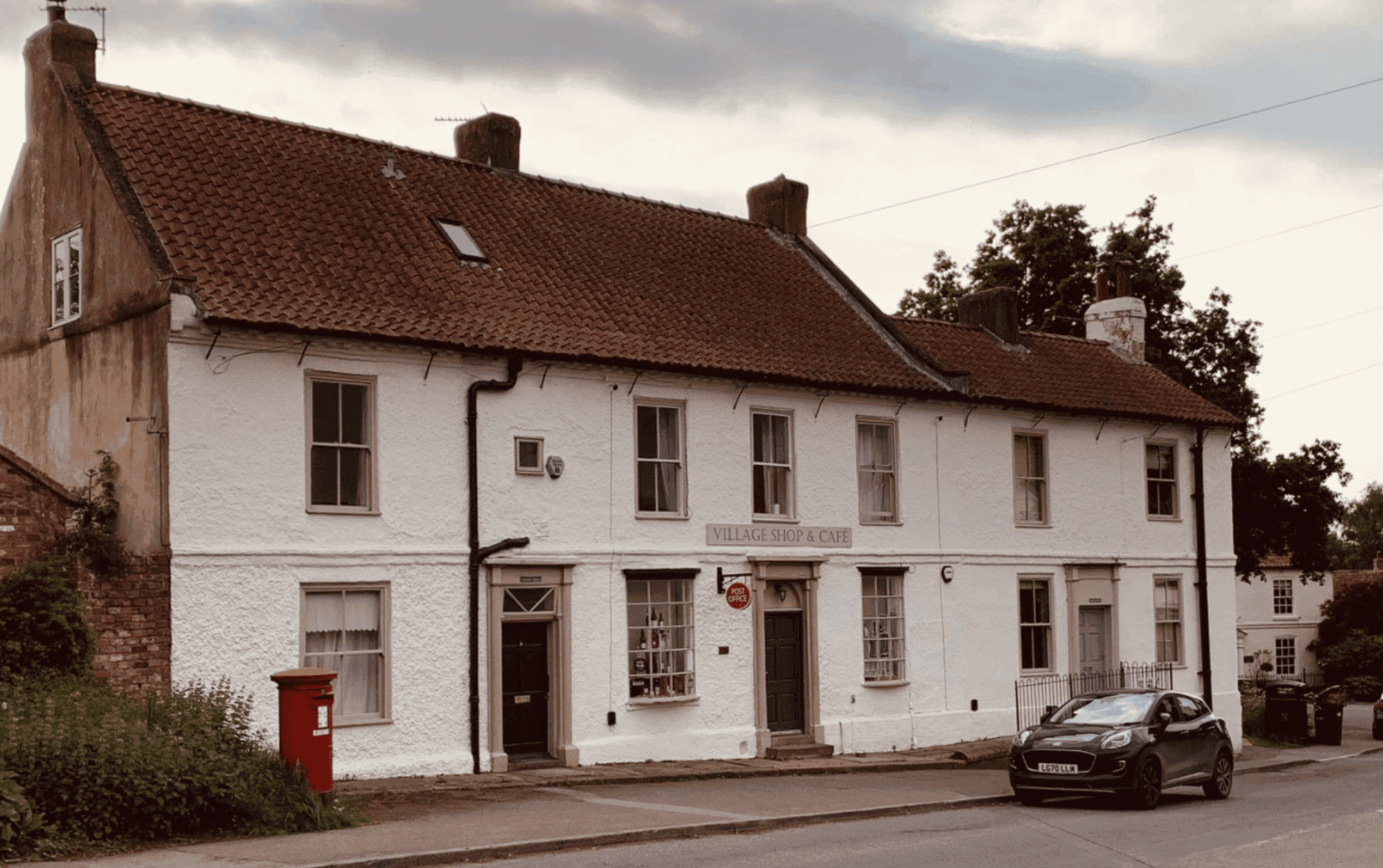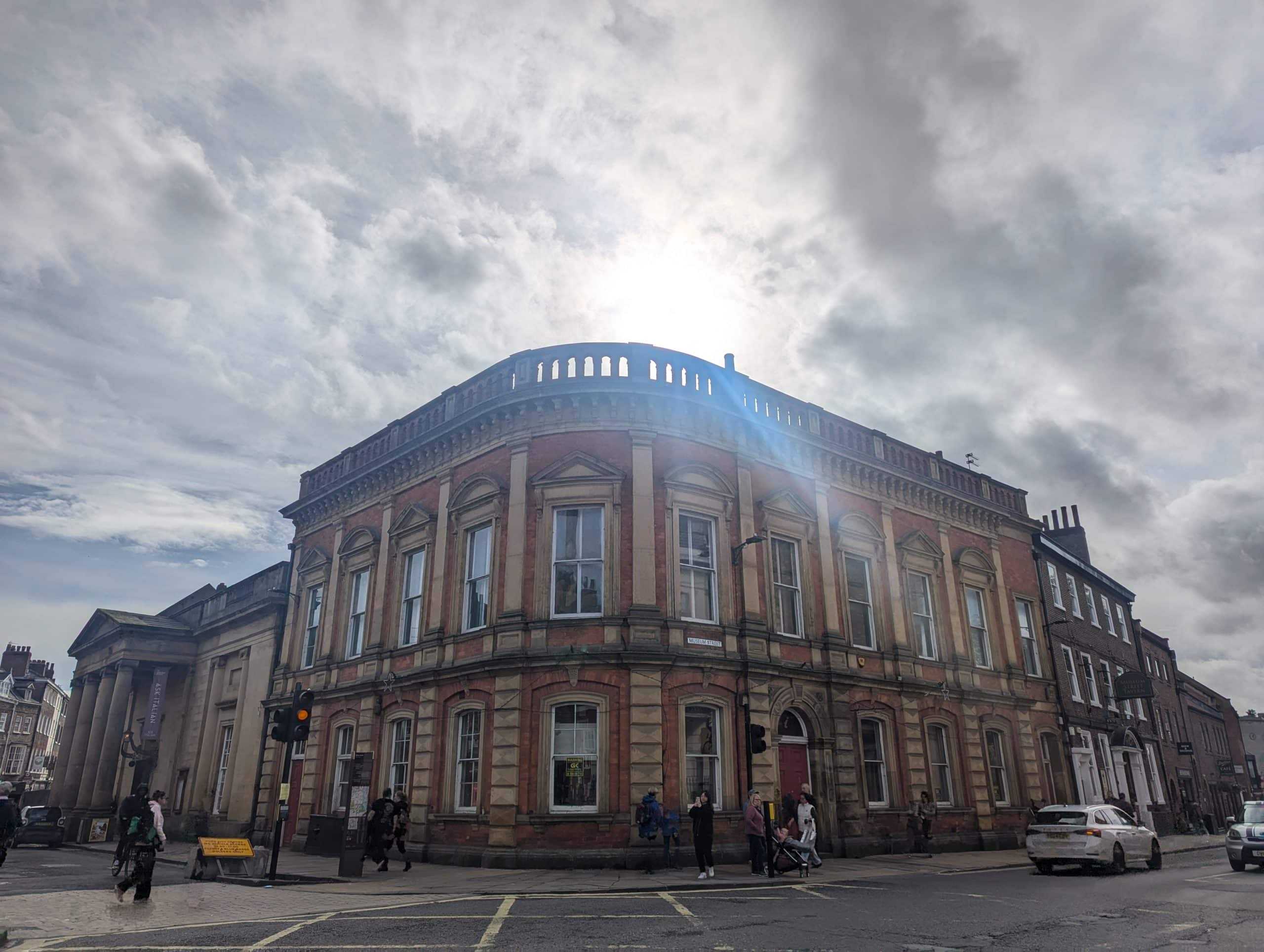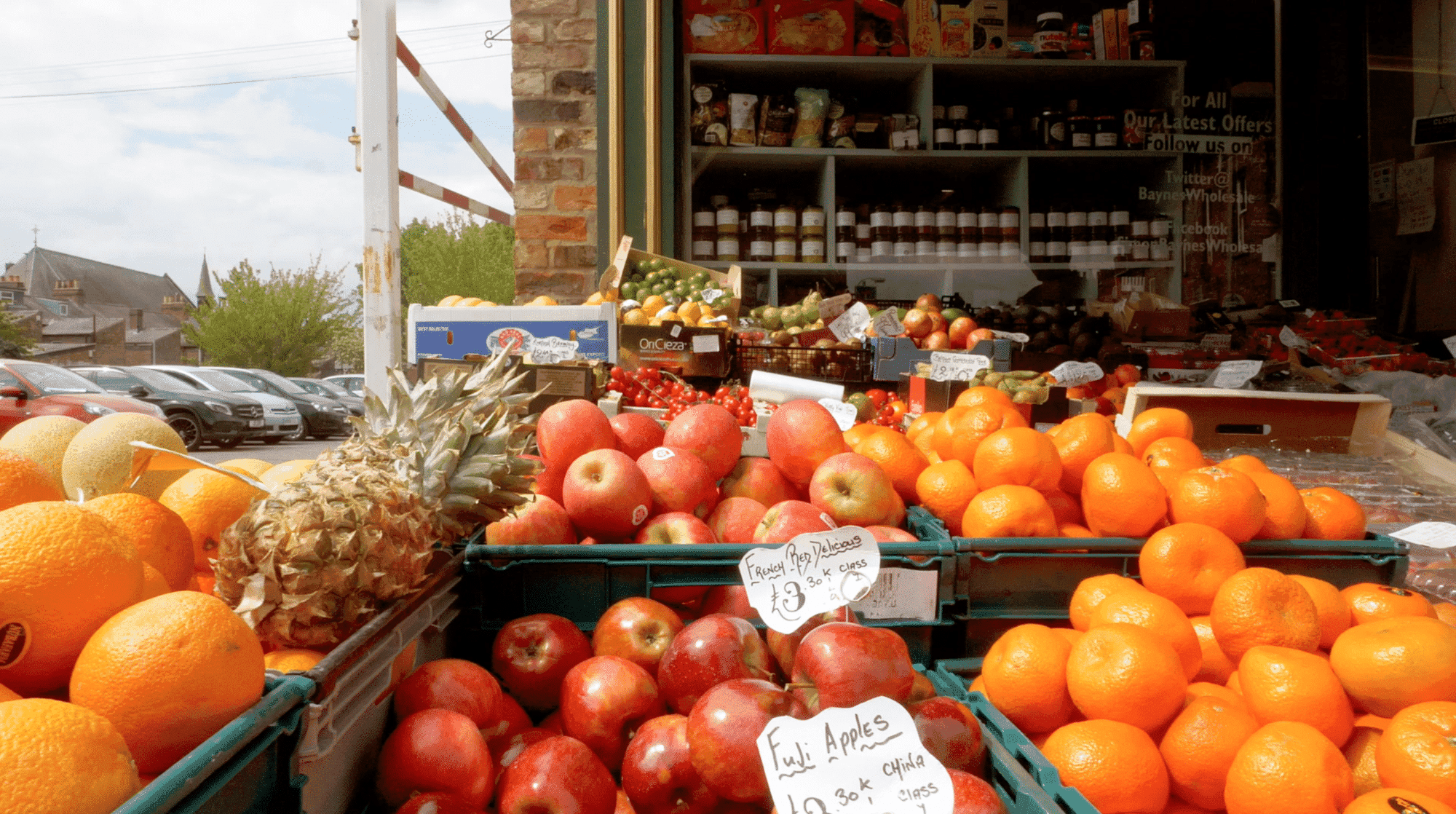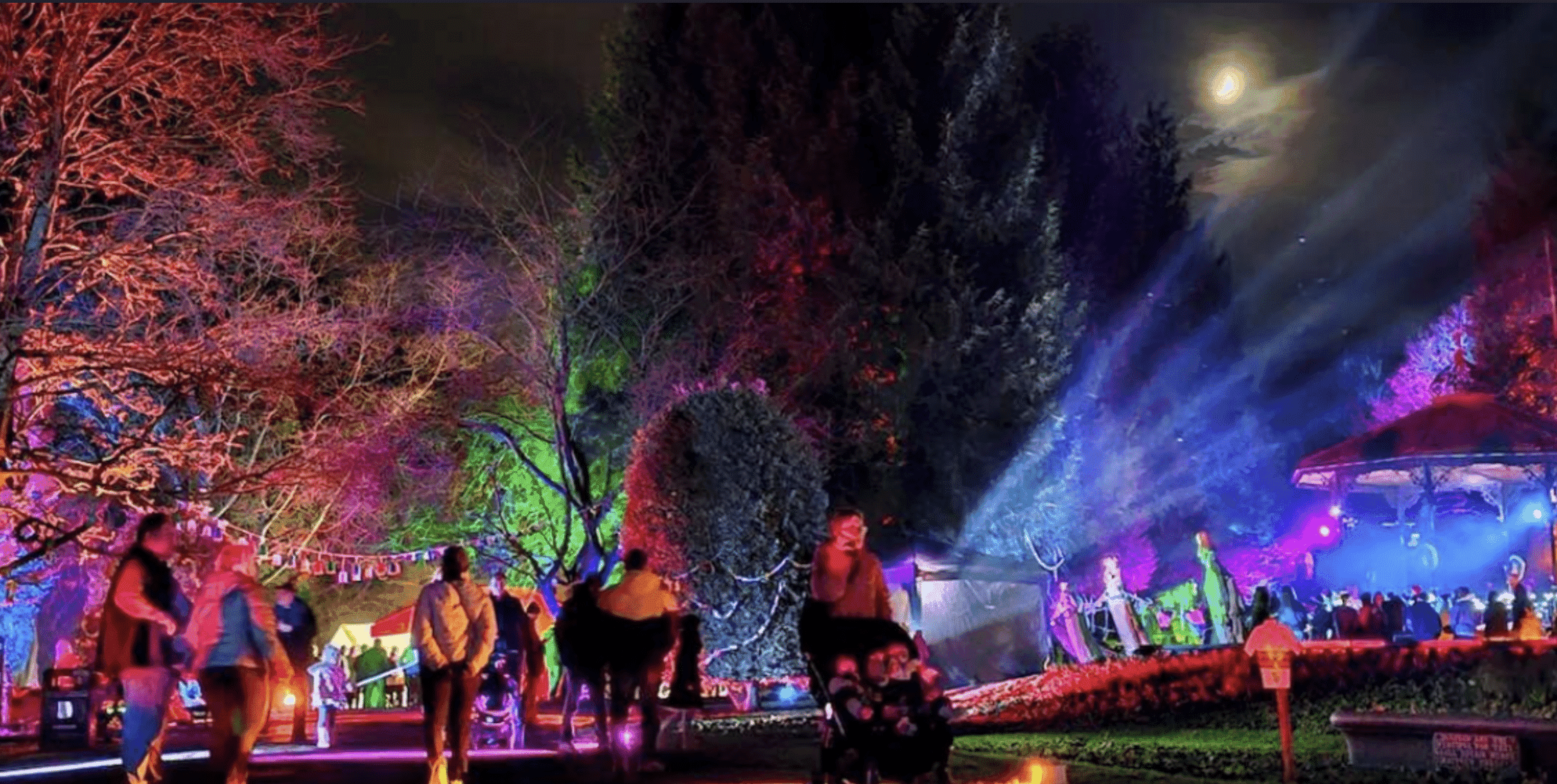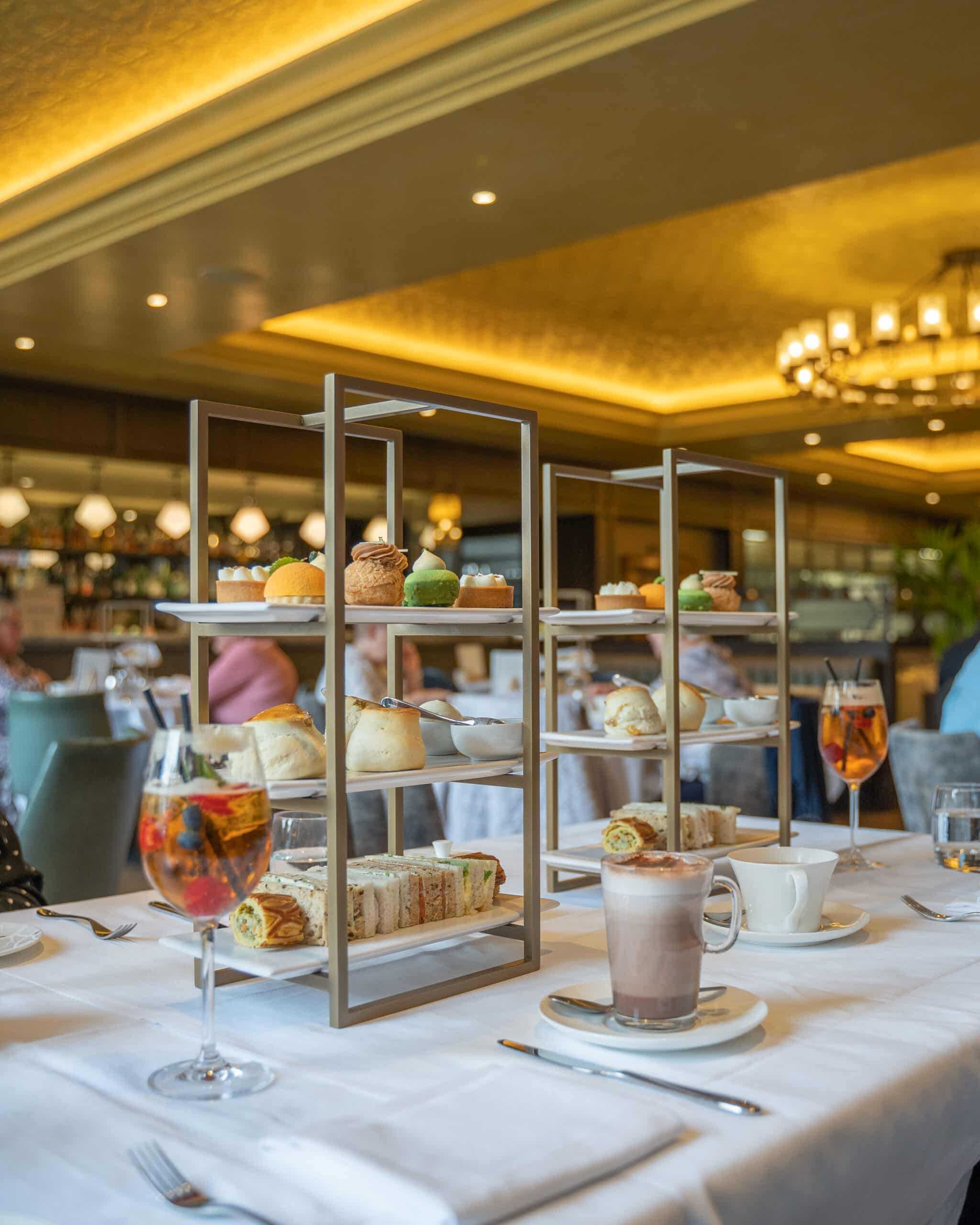York has been an integral city to the national railways for many years and is currently a vital hub for the UK rail network. With a proud past and strong present, York is signalling to the future as a leading railway city which positively influences and innovates. Rob Scargill, the lead creative of The Futures Gallery coming to the National Railway Museum in 2025, explains what we have to look forward to.
What could the future of the rail industry be? That’s what The Futures Gallery asks in an exhibition dedicated to tell the story of the contemporary railway. What we want to do is showcase to people that the railways can help influence what they really care about. For example, if somebody wants a molecular society, or they want to limit the impact of the climate crisis, we can show them where rail can help shape that future; they can see the influence we can really have. It’s showing the importance of an industry that often gets accused of being too traditional, whereas it’s absolutely integral to the future of our society if we want a positive, progressive railway network.
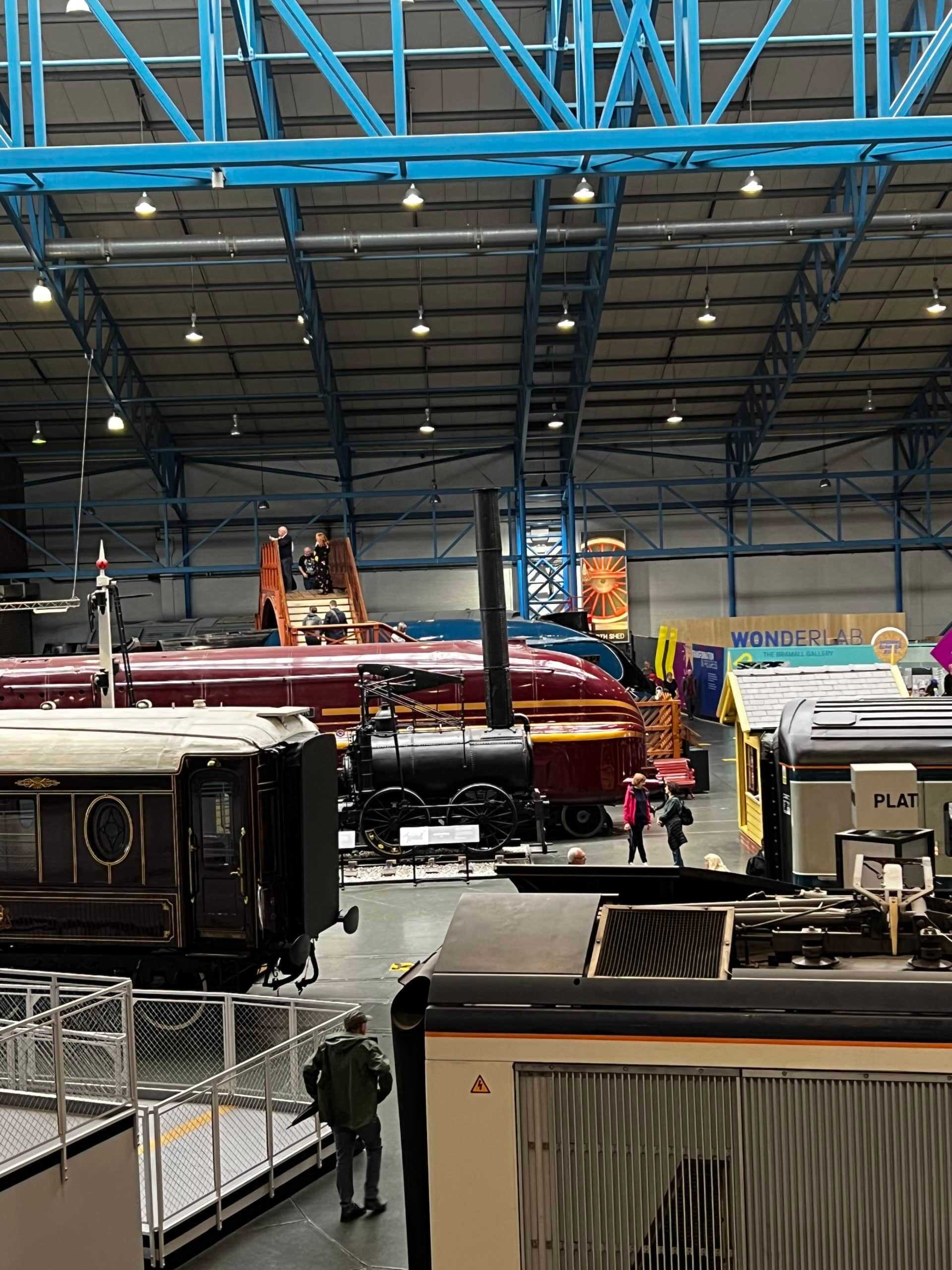
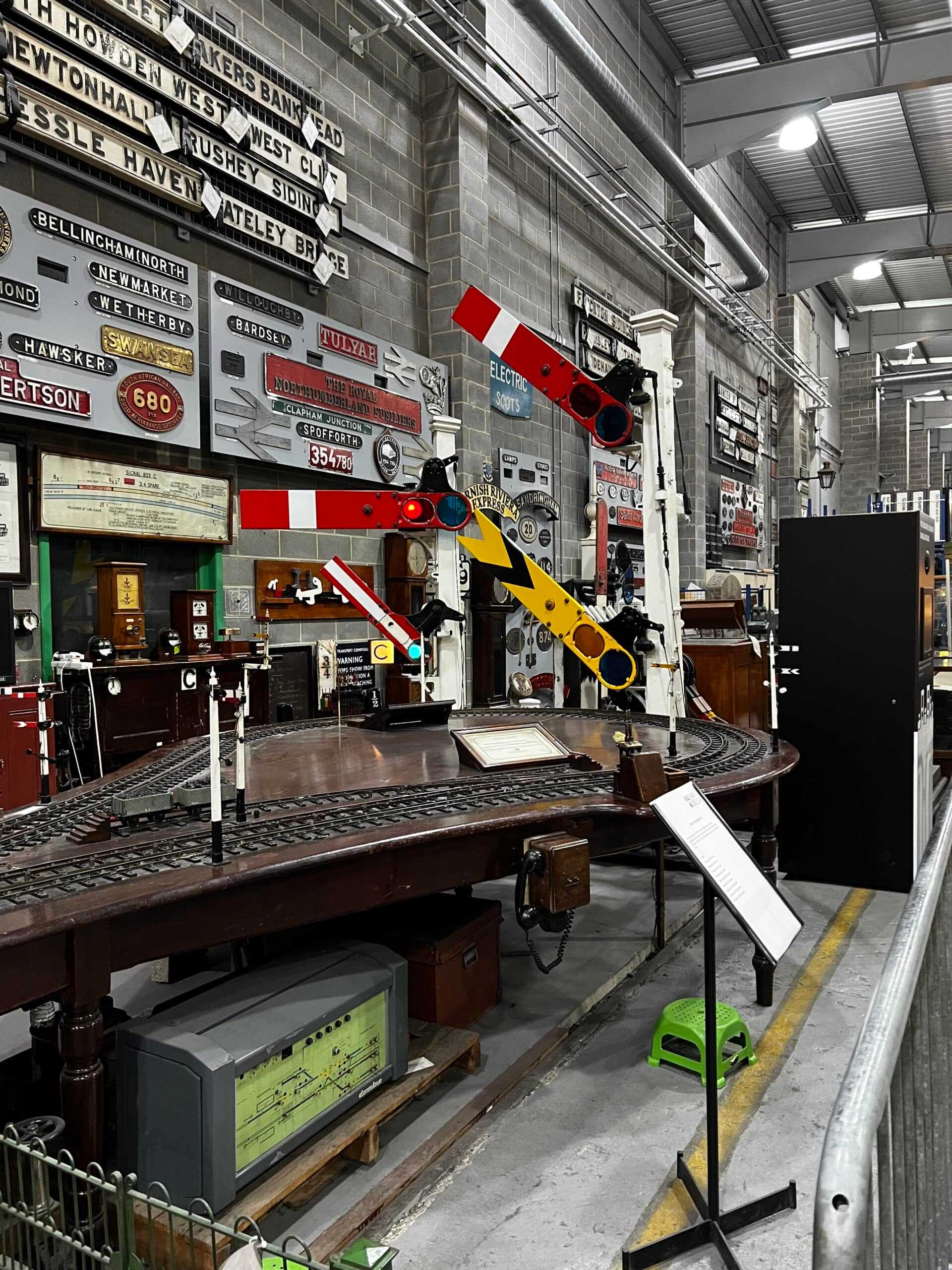
As part of the Science Museum Group, we have to build people’s confidence at a time of extreme change. There’s Artificial Intelligence coming in, which will impact any industry – including the railways and far beyond that. It’s an exciting time with a lot of job roles that don’t exist now which will be vital in the future, and we want to get young people interested. It’s not just building trains, train drivers and ticket inspectors – there are market teams, ecologists, legal teams, the British Transport Police – loads of people working in the railway industry that you don’t necessarily realise – and particularly so in developing new technologies.
It’s like a stepping stone from the past, going to the next chapter. The core technology doesn’t change – it’s an anti friction device that enables you to move heavy goods over rough ground easily – that’s what a railway is. And if you want to decarbonise the economy, the quickest way to do it is to get people out of cars – rail is one of the main ways to do that. A quarter of all emissions in the UK are from the transport on roads, whilst rail is the greenest transport – it accounts for 10% of all journeys, but only 1% of carbon emissions.
Rail is a trusted technology, and in cities that have well developed metro systems it integrates into the economy and makes everything work well. In the UK, despite our current rail structure, there have been developments towards that idea. Lines reopening and new stations have a huge impact – the classic example is the Borders Railway out to Galashiels, 35 miles of railway which completely transformed that part of Scotland. And that kind of thing is happening all over the country – a great example of regeneration.
We need railways to do a lot more, and another big part of that is decarbonising the railways themselves. There are lots of ways that we can do this; there is a three millimeter fit solar film technology that works in the depth of winter and the height of summer and can be put on anything – it’s used on ambulances to power the electrics inside them and we’re also starting to use it on train stations; there’s a new 3D printed low carbon concrete which is amazing how that’s progressed from just a few years ago; and there are lots of rail expansion projects that are taking place in Britain – the biggest expansion of our railways since the Victorian Times.
The infrastructure to look after UK rail is being transformed to become Great British Railways. There is a new Headquarters in Derby, and York plays a significant part in this new era. All the people who work in signalling and control will be in York, which means that all of the signalling technology through the county has come from here. This is based at the Rail Operating Center (York is one of the twelve ROCs in the country) just opposite the Railway Museum which can be seen as you pull into York station. It’s an exciting and important time for railways and their wider impact on the world, and York is essential to that future.
